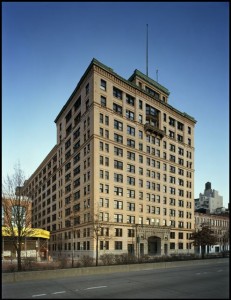Inside trading vs. love
Nicely written reflection in the NYTimes this morning on the high-end art market from Adam Davidson, from NPR. Loved his last paragaph:
The value of any artist’s work is determined by an insider world of cultural arbiters who coordinate with one another. They know long before the rest of us which new artist is going to have a big show, who is going to be trashed in a review or whose piece was just sold privately for a small fortune.
Because the art market isn’t regulated like financial securities, insider dealing is generally not illegal. In fact, being a truly influential insider is so rewarding that the slots are zealously guarded. Larry Gagosian, perhaps the world’s most influential gallery owner, needs a nearly impossible combination of skills — deep art knowledge, master salesmanship, charm, ruthlessness, financial savvy and the respect of the artists themselves — to maintain his edge and root out competition. When you start a consulting service or invest in an art fund, you are an outsider seeking to make money in a shadowy market filled with brilliant insiders just like him. No wonder it rarely works.
As I talked to art advisers and economists, I kept thinking of my childhood in Westbeth, a subsidized housing complex for artists in Greenwich Village. Our neighbors, painters and sculptors among them, were decidedly not rich. To them, the very idea that art should make someone wealthy was laughable, even offensive. It makes me happy to think that this world of art-as-investment is a minuscule fraction of the art world overall. Most people who create, trade and own art do it for a much simpler reason. They just like it.

But maybe if art where more like financial securities, and there were more transparency about valuation, then the practice would attract more talent, art would be better, and the world would be a better place. The financial incentive that wealthy collectors create must be an important attraction to many would-be artists. And rightly so. If we left art to only those who “just like it,” we risk letting the art world be even more insular than it already is. If we left creation to only those than can afford to create (or those who are willing to sacrifice quality of life in the name of creative freedom), we risk loosing artistic talent to the better paid professions–financial securities, for instance.